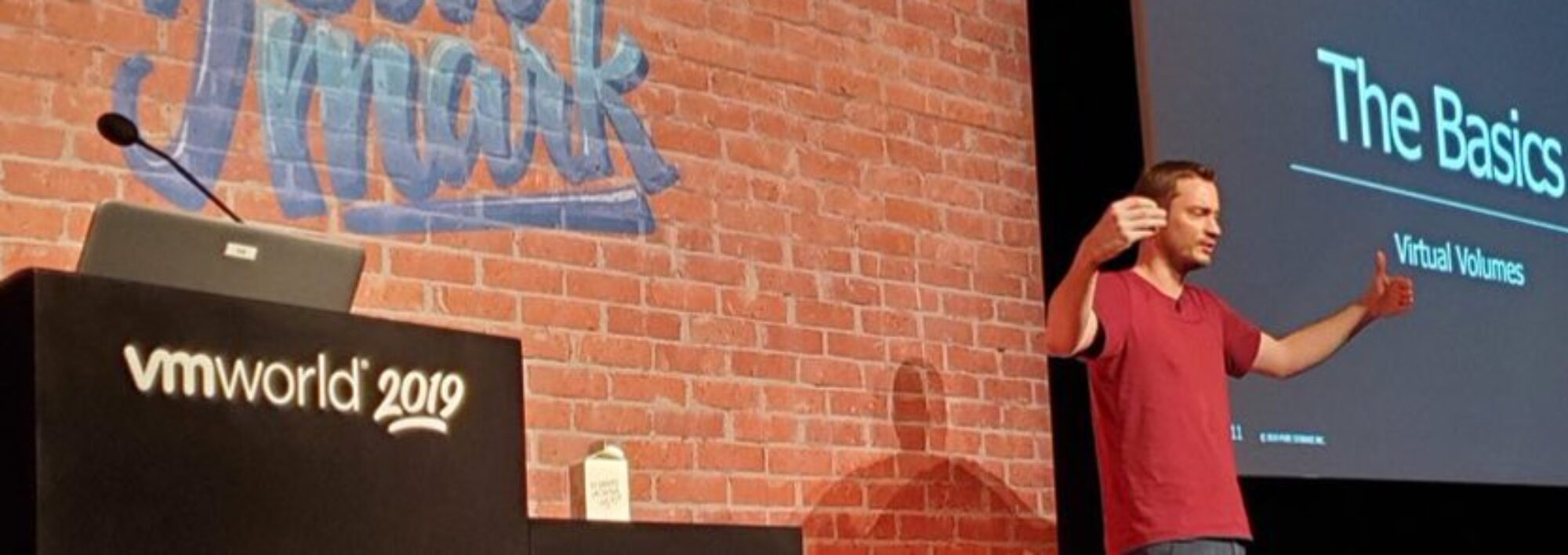It can be difficult to understand the work that has gone into Pure Storage’s vSphere plugin if you’re not digesting the release notes for every release. Because NVMe-oF is going to become more and more relevant I think it’s worth highlighting some recent improvements we’ve made around NVMe-oF in the vSphere plugin. I’ll mostly be referencing the vSphere plugin release notes in this blog. I strongly recommend installing the vSphere plugin for all of your vCenter + FlashArray needs but it is a requirement of following along with the new features of the plugin later.
The first update that involves NVMe-oF datastores was back in April of 2020 and was version 4.3.0. We added support for identification of NVMe-oF datastores. A good first step!
Continue reading “NVMe-oF Features and Fixes in Pure Storage’s vSphere Plugin Versions”